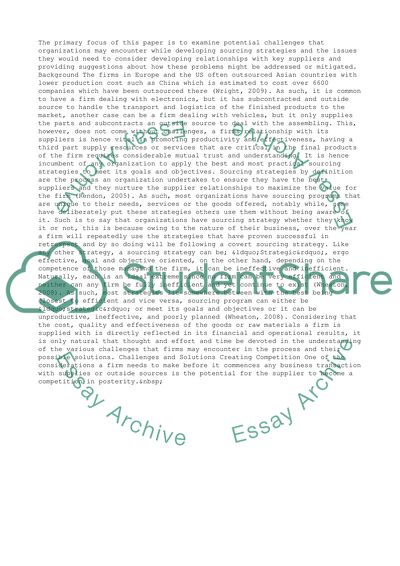Cite this document
(“Back to reality Essay Example | Topics and Well Written Essays - 2250 words - 1”, n.d.)
Back to reality Essay Example | Topics and Well Written Essays - 2250 words - 1. Retrieved from https://studentshare.org/business/1465994-back-to-reality
Back to reality Essay Example | Topics and Well Written Essays - 2250 words - 1. Retrieved from https://studentshare.org/business/1465994-back-to-reality
(Back to Reality Essay Example | Topics and Well Written Essays - 2250 Words - 1)
Back to Reality Essay Example | Topics and Well Written Essays - 2250 Words - 1. https://studentshare.org/business/1465994-back-to-reality.
Back to Reality Essay Example | Topics and Well Written Essays - 2250 Words - 1. https://studentshare.org/business/1465994-back-to-reality.
“Back to Reality Essay Example | Topics and Well Written Essays - 2250 Words - 1”, n.d. https://studentshare.org/business/1465994-back-to-reality.


